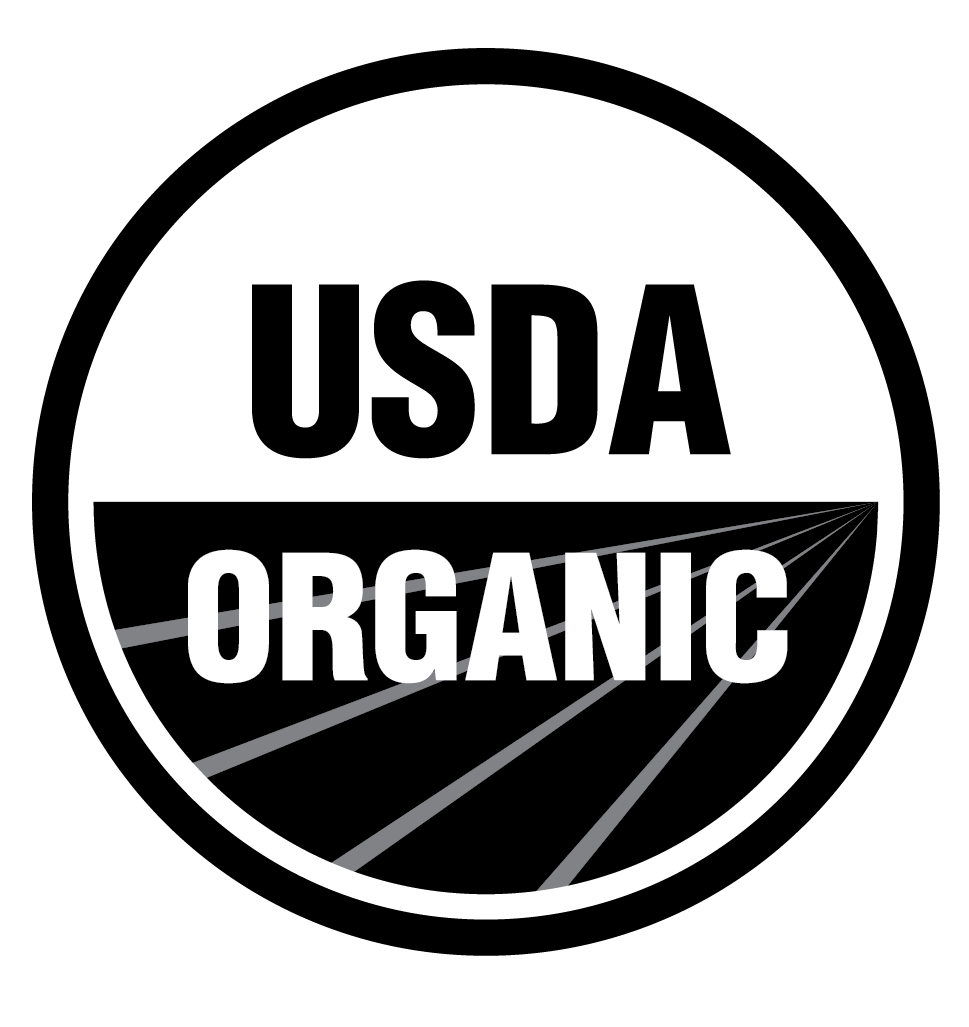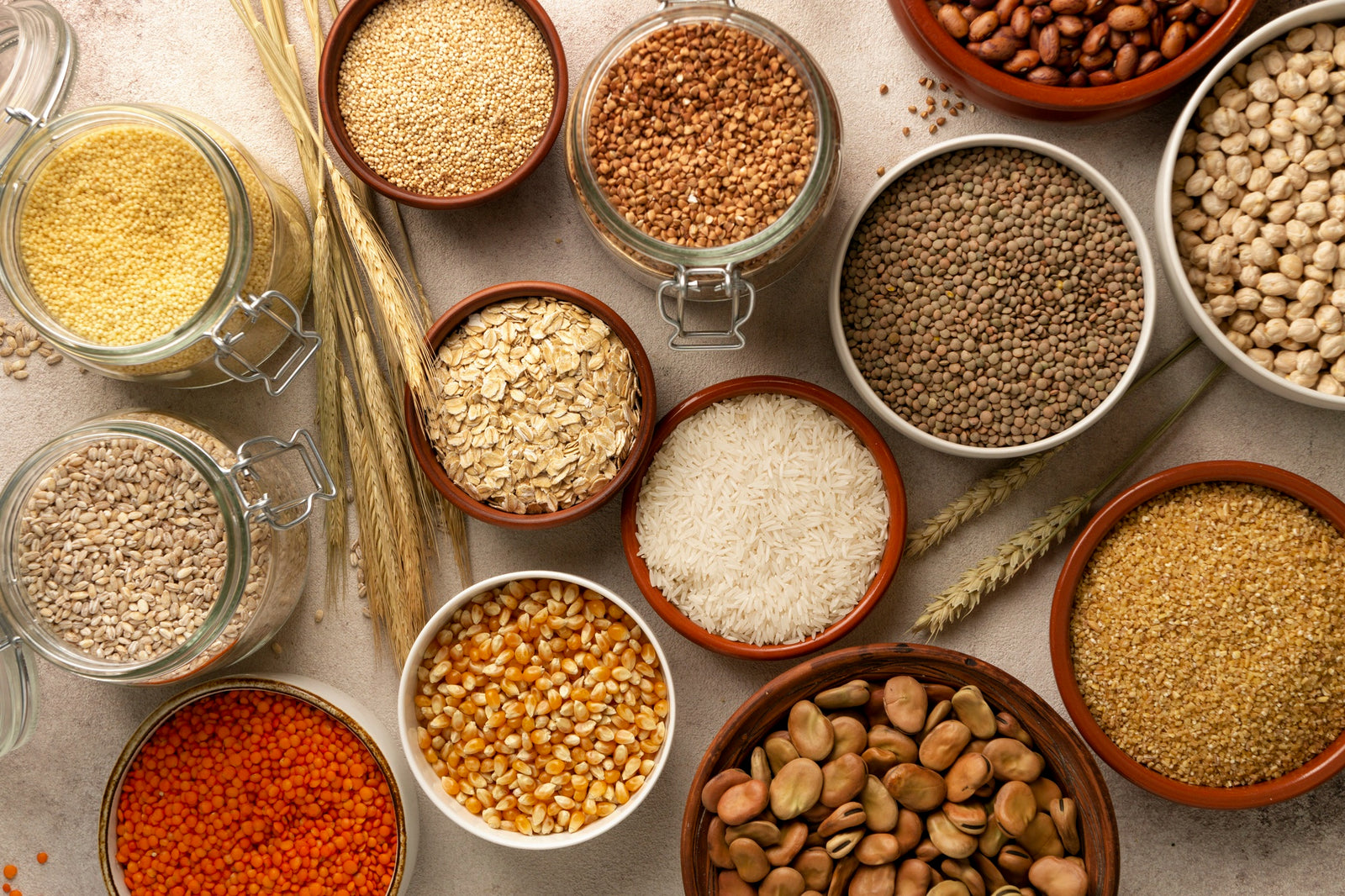
May 06, 2024 2 min read
Fiber is a fundamental part of a healthy diet, offering benefits that range from improving digestion to reducing the risk of chronic diseases such as diabetes and heart disease. While fruits and vegetables are often highlighted as primary sources of fiber, grains can be equally beneficial. This article explores the top five high-fiber grains that are not only nutritious but can also transform your dietary habits for the better.
Barley is not just for beer; it's a nutritional powerhouse, especially when it comes to fiber. One cup of cooked barley has approximately 6 grams of fiber, mostly of the soluble type which helps to lower cholesterol and control blood sugar levels. Its nutty flavor and chewy texture make it a great addition to soups, stews, and salads.
Farro is an ancient grain with a robust texture and a slightly nutty taste. It’s a popular choice for hearty soups and salads, and its high fiber content—about 5 grams per cooked cup—helps in satiety, weight management, and regulating blood sugar levels. Farro is also packed with protein and iron, making it a fantastic staple for vegetarian diets.
Quinoa, often referred to as a "super grain," is actually a seed but used like a grain in cooking. It contains about 5 grams of fiber per cup when cooked, along with a high protein content, making it a favorite among those looking for plant-based protein sources. Its fluffy texture and somewhat nutty taste make it ideal for salads, bowls, and as a side dish.
Oats are well-known for their high fiber content, which can significantly lower cholesterol levels and support heart health. A cup of cooked oats contains around 4 grams of fiber and is also a good source of protein and essential fatty acids. Oats are incredibly versatile—beyond breakfast porridge, they can be used in baking and as a thickener in soups.
Rye is another excellent source of dietary fiber, providing around 8 grams per cup when cooked. It’s known for its ability to promote a feeling of fullness, helping with weight management. Rye has a distinctive flavor that adds a rustic touch to bread, crackers, and even pancakes.

Adding these grains into your diet doesn’t have to be complicated. Start by substituting these high-fiber grains where you would normally use rice or pasta. For breakfast, swap out traditional cereals for barley or oats. In salads and soups, try adding farro or quinoa for a satisfying crunch and fiber boost.
The high-fiber grains listed above are not only versatile and delicious but also incredibly beneficial for your health. Regularly incorporating these grains into your meals can help enhance digestion, reduce cholesterol, stabilize blood sugar levels, and provide a long-lasting energy supply. With these grains in your pantry, a healthier diet is just a cooking session away.
❤ Try our USDA certified organic Hulled Barley, Regular Rolled Oats and White Quinoa ❤
Related blogs:
Comments will be approved before showing up.
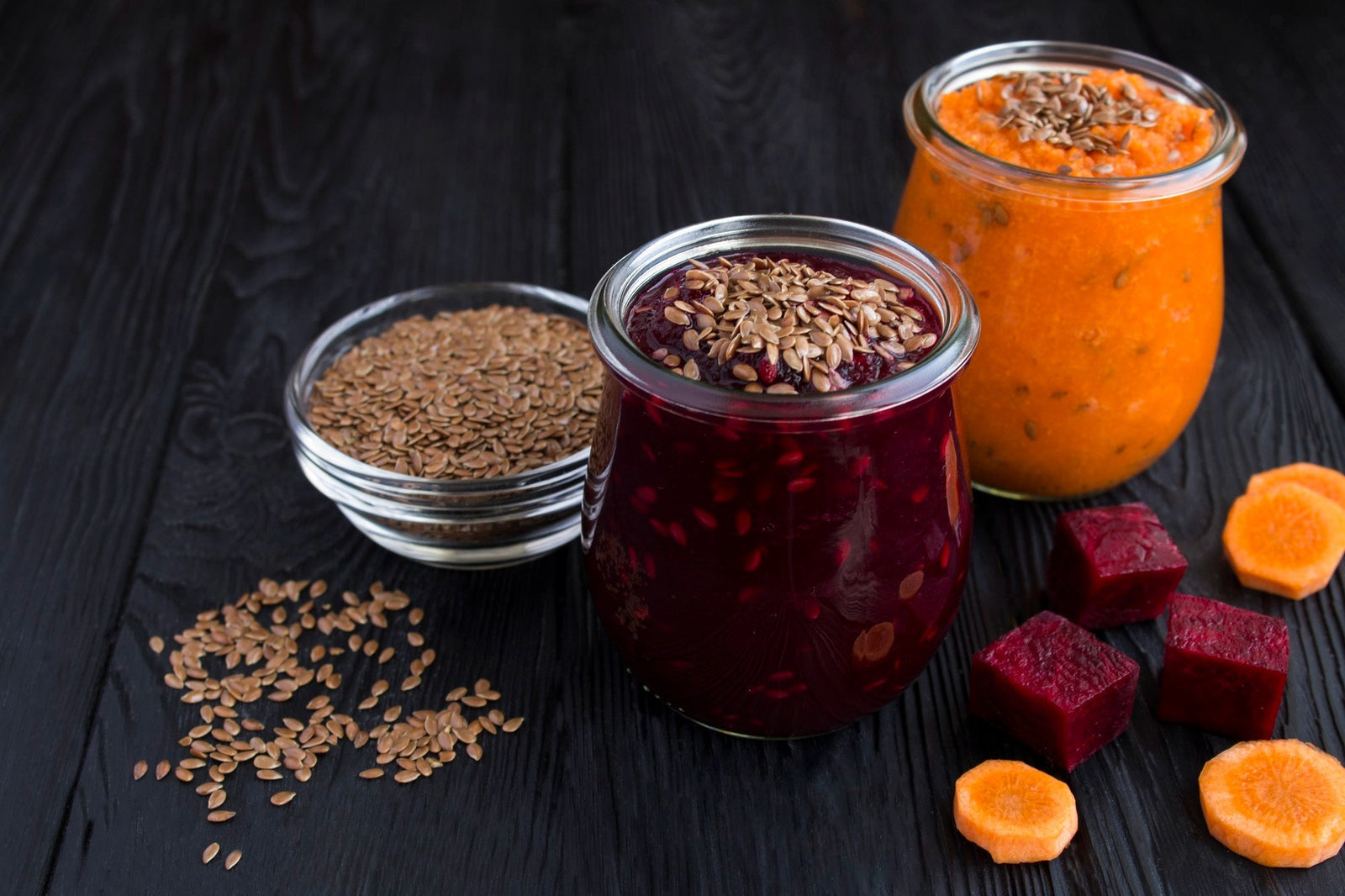
January 27, 2025 3 min read
Flaxseed, the tiny yet powerful superfood, is packed with nutrients that can support weight loss. From curbing hunger to stabilizing blood sugar, this guide dives into the science of how flaxseed can help you shed those extra pounds.
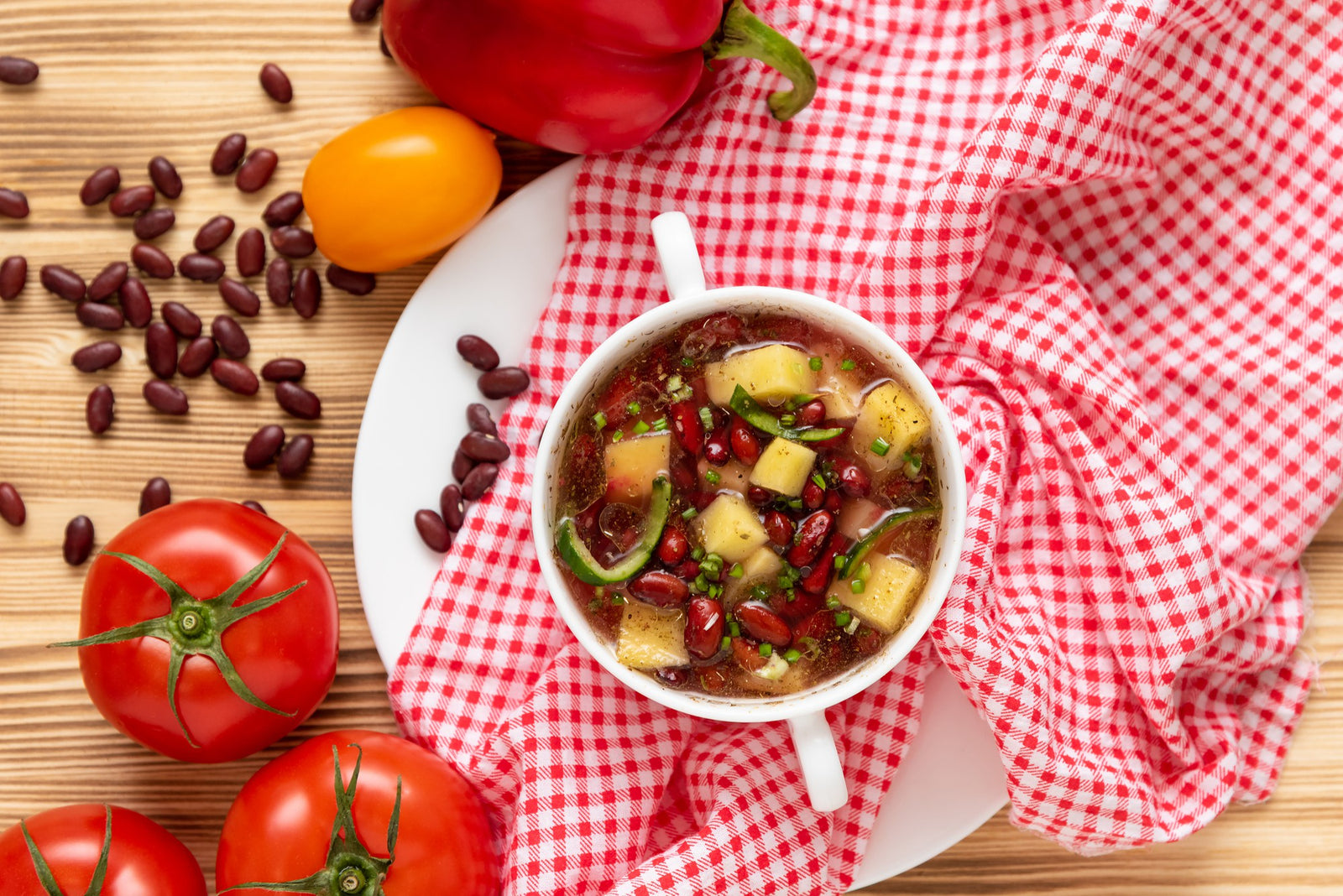
December 11, 2024 3 min read
Discover three quick and easy soup recipes featuring organic small red beans. From a classic vegetable soup to a creamy potato blend, these wholesome recipes are perfect for chilly days and busy weeknights. Packed with flavor and nutrition, these soups will warm your heart and soul this winter!
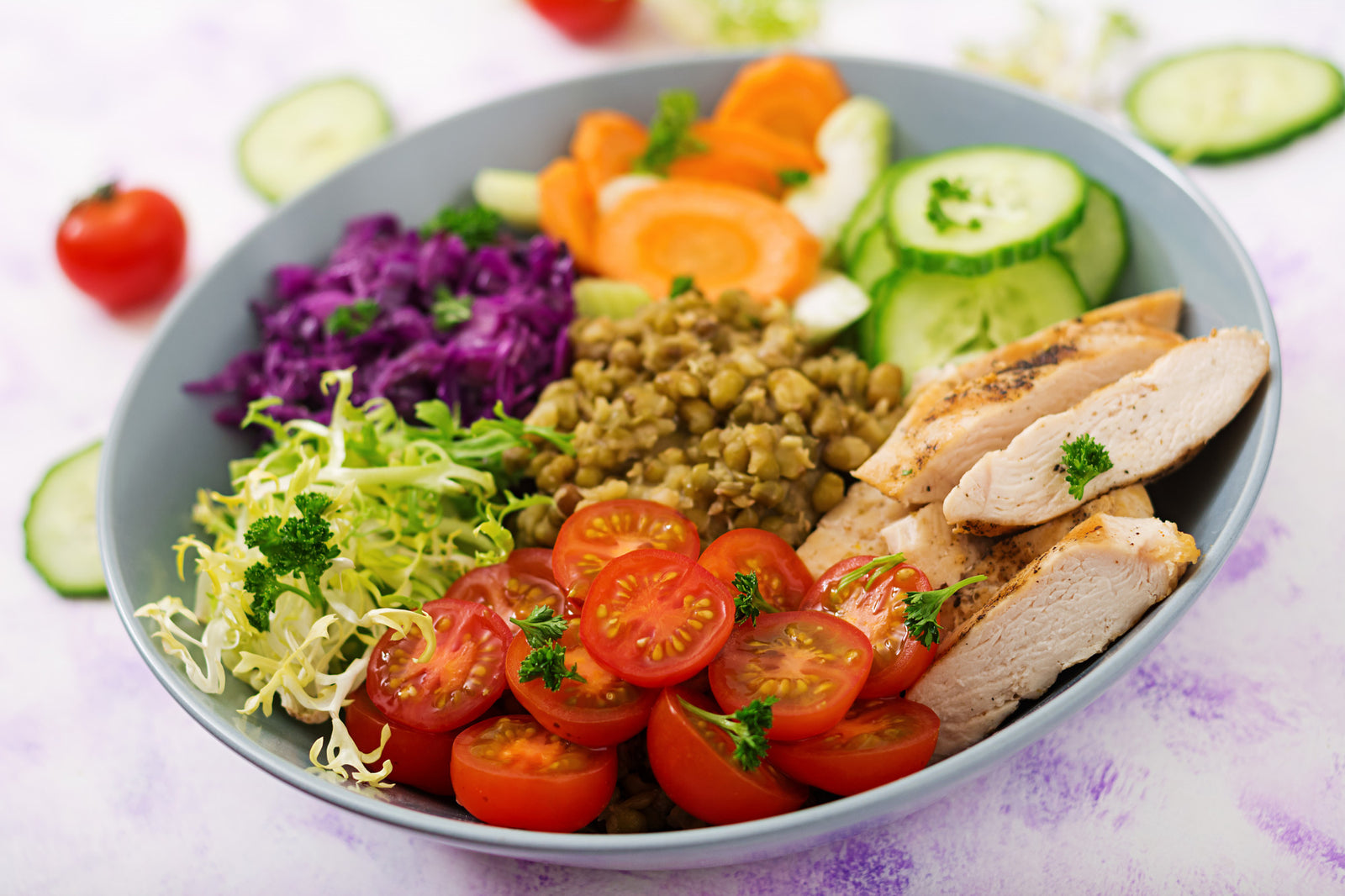
December 06, 2024 3 min read
This vibrant and nutritious Green Lentil Salad combines tender lentils with grilled chicken, fresh vegetables, and a zesty lemon dressing. Packed with protein, fiber, and essential vitamins, it’s the perfect healthy meal for any time of day.
© 2025 Be Still Farms- Real, Fine Organics.
Privacy | Terms | Refund Policy | Organic Certification
